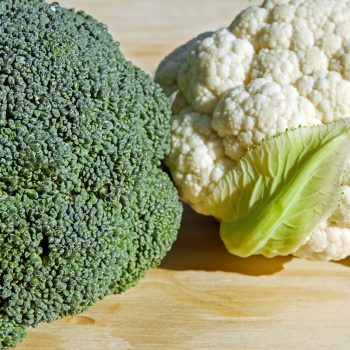

Today I’m going to continue with part two of the liver detox series. In part one, I discussed how we have the ability to modify our diet, not necessarily our environment around us, to help reduce our toxic burden or load. So how can we do this?
Well, first you can shop around the perimeter of the grocery store where the real food lies, where food your great grandparents would actually consider real food exists. The processed items in the middle of the grocery store are the ones taxing our toxic load. So many of you may be aware of the dirty dozen list. This was published by the Environmental Working Group and includes strawberries, spinach, kale, nectarines, apples, grapes, peaches, cherries, pears, tomato, celery, and potatoes. Now, these foods are the thin-skinned foods that often allow pesticides and herbicides to penetrate into them.
They have an affinity to pick up more toxins. These foods are the ones that you want to wash. You could even consider using a fruit and veggie cloth like something that Norwex makes. You could soak the vegetables. I know some people use baking soda or vinegar, whatnot.
These are the foods you want to, again, clean or buy organic. These are the foods you’re going to want to spend a little bit more money on because again, they’re thinner skinned, they’re going to be more likely to be contaminated with the toxins you don’t want.
Now, there are foods that can help you detox, and these would include cruciferous vegetables like broccoli, cauliflower, bok choy, kohlrabi, sulfur-rich foods like onions, garlic, leeks, and even foods like celery, cilantro, and parsley. Try to incorporate those foods daily to help you detox.
It would benefit your body to take a break from alcohol and caffeine. So if you choose to consume coffee, be aware of the mold toxins, and make sure you’re purchasing a clean, organic, high-quality coffee.
What about your water? This too can contain toxins. The leading pollutants in our nation’s water can include bacteria, mercury, nutrients such as phosphorus and nitrogen, and low levels of dissolved oxygen, which often are caused by the decomposition of organic material. Now, metals and solvents from industrial work can also pollute rivers and lakes and pesticides, back to those darn pesticides used in farming to control things like weeds, insects, and fungi, can run off. These can then contaminate the water and even poison aquatic life, even some aquatic life that we may choose to consume. So at our clinic, we offer a water filtration system that doesn’t just filter the water, but it also uses electrolysis and UV light.
This means it doesn’t only filter the water, it’s ionizing and charging the water, making it easier to absorb. It’s turning the water more alkalinic and it can also make sure it’s killing off any potential viruses because it’s treated with that UV light. So if you want to learn more about the water electrolyzers, you can certainly mention our name for a significant discount by clicking here.
But in summary, by eating organic, you minimize your exposure to the chemicals in your foods, right? Minimizing the herbicides and pesticides, cleaning up your water, and choosing to consume foods that help you detox will help you make great leaps in the right direction detoxing your body.
You can learn more about detoxing the body in chapter five of my book, Your Longevity Blueprint. Thank you for tuning in. We love feedback on our videos and blogs.
So please leave a comment, like, and share these videos and subscribe to our YouTube channel. And remember that wellness is waiting.
